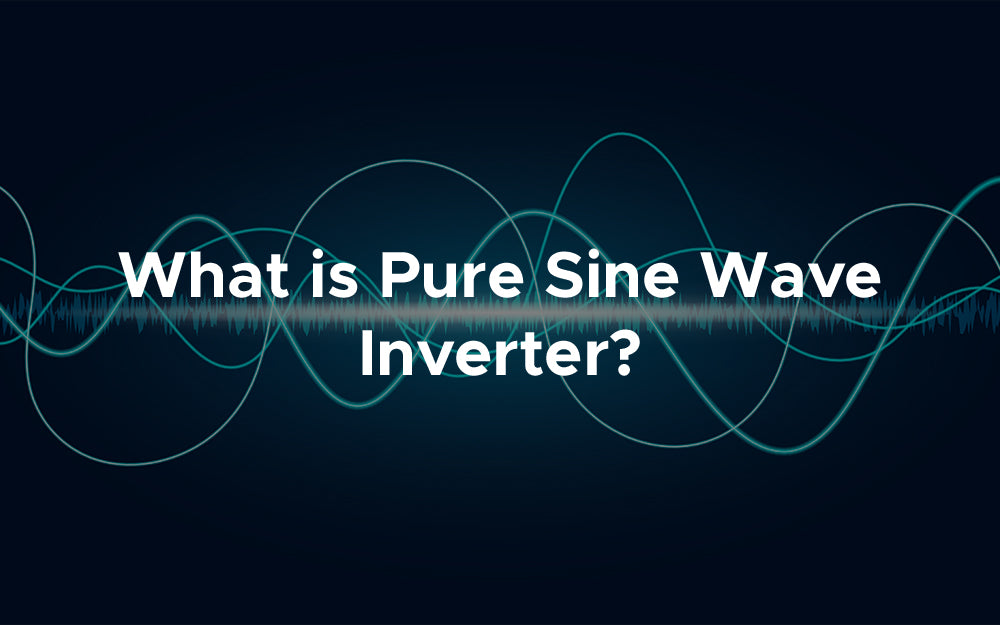In the modern world, where our lives are increasingly intertwined with technology, understanding the backbone of power management is more crucial than ever. Enter sine wave inverters – the unsung heroes behind the scenes, ensuring a seamless flow of electricity to power our devices. In this blog, we embark on a journey to clarify sine wave inverters, uncovering their inner workings, exploring the difference between modified and pure variants, and shedding light on when and why you might need one in your daily life.
Understanding Sine Wave Inverters:
At its core, a sine wave inverter is a device that converts direct current (DC) electricity, typically from a battery or solar panels, into alternating current (AC) electricity with a waveform that mimics the smooth oscillation of a sine wave. Unlike traditional square wave or modified sine wave inverters, which produce a choppy or stepped waveform, sine wave inverters generate a clean, continuous waveform similar to that of utility grid power.
How Does a Sine Wave Inverter Work?

The magic behind sine wave inverters lies in their sophisticated electronics. Through a process known as pulse-width modulation (PWM), these inverters regulate the voltage supplied to the load by rapidly switching the DC input on and off. By varying the width of the pulses in proportion to the desired output voltage, they effectively simulate the smooth curve of a sine wave, ensuring compatibility with a wide range of electronic devices.
Modified Sine Wave vs. Pure Sine Wave: Decoding the Difference:

One of the key distinctions among sine wave inverters is between modified sine wave and pure sine wave variants. While both types perform the basic function of converting DC to AC power, their waveform characteristics differ significantly.
Modified sine wave inverters produce an approximation of a sine wave by generating a stepped waveform with abrupt transitions between voltage levels.
In contrast, pure sine wave inverters deliver a clean, smooth waveform that closely resembles utility grid power, ensuring compatibility with sensitive electronics and minimizing the risk of interference or damage.
When Do You Need a Sine Wave Inverter?

The need for a sine wave inverter arises in various scenarios, each demanding a reliable and stable power source. Whether off-grid adventurers seeking independence or urban dwellers safeguarding against blackouts, the importance of sine wave inverters transcends boundaries, illuminating the path towards a brighter, more electrified future.
The Future of Sine Wave Inverters

As renewable energy technologies continue to evolve and our dependence on electronic devices grows, the role of sine wave inverters will only become more prominent. From enabling the integration of solar and wind power to safeguarding critical infrastructure against disruptions, their versatility and reliability make them indispensable in the quest for a sustainable energy future.
In a world powered by innovation and connectivity, sine wave inverters stand as silent guardians, bridging the gap between DC and AC power with precision and efficiency. By unraveling the mysteries behind these essential devices, we gain a deeper appreciation for their role in shaping our modern lives.
IONREADY is dedicated to bringing in clean energy products to New Zealand. Products include portable power stations, electric bikes, AquaFlask water bottles and more.




Leave a comment
This site is protected by hCaptcha and the hCaptcha Privacy Policy and Terms of Service apply.